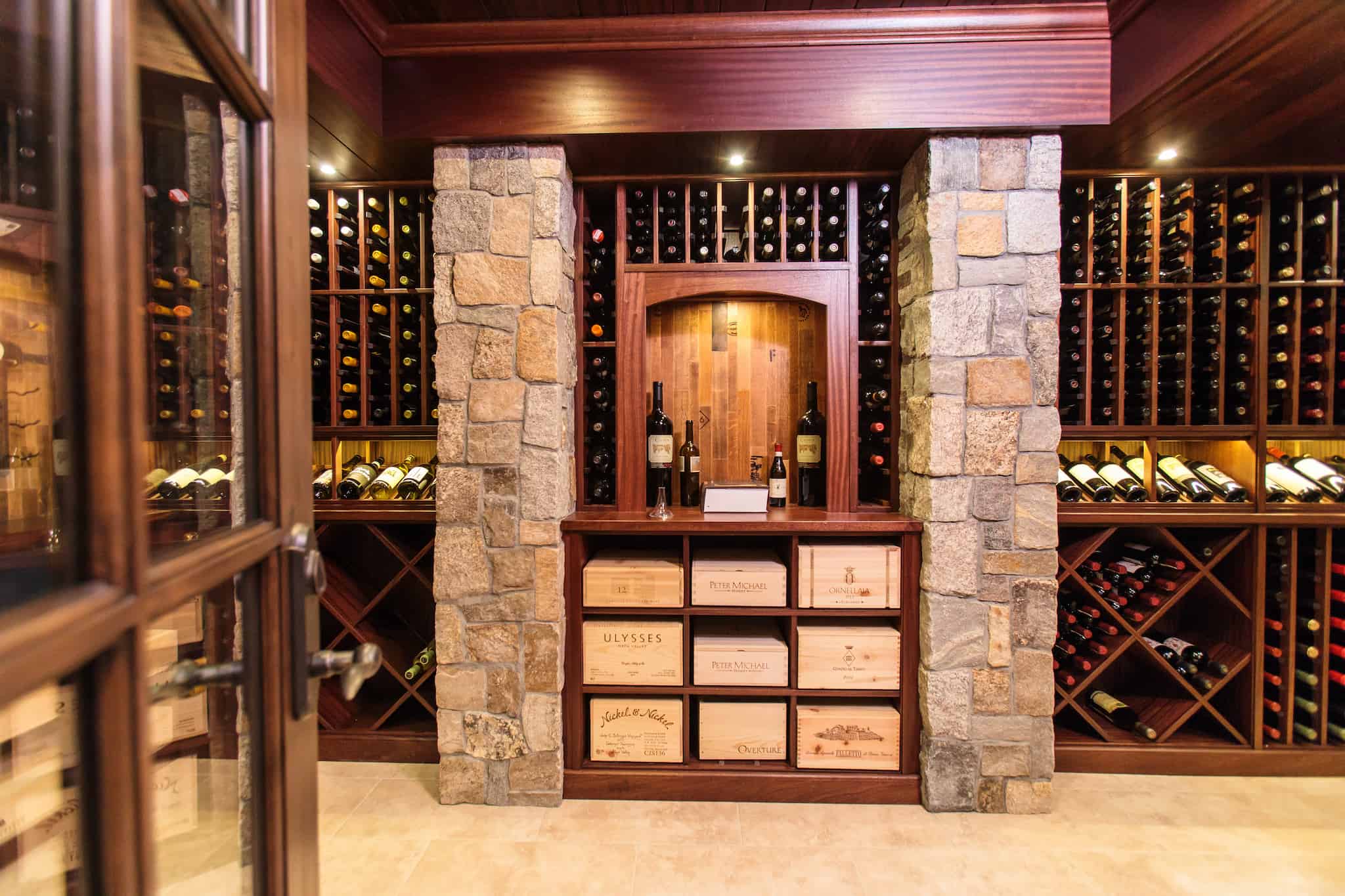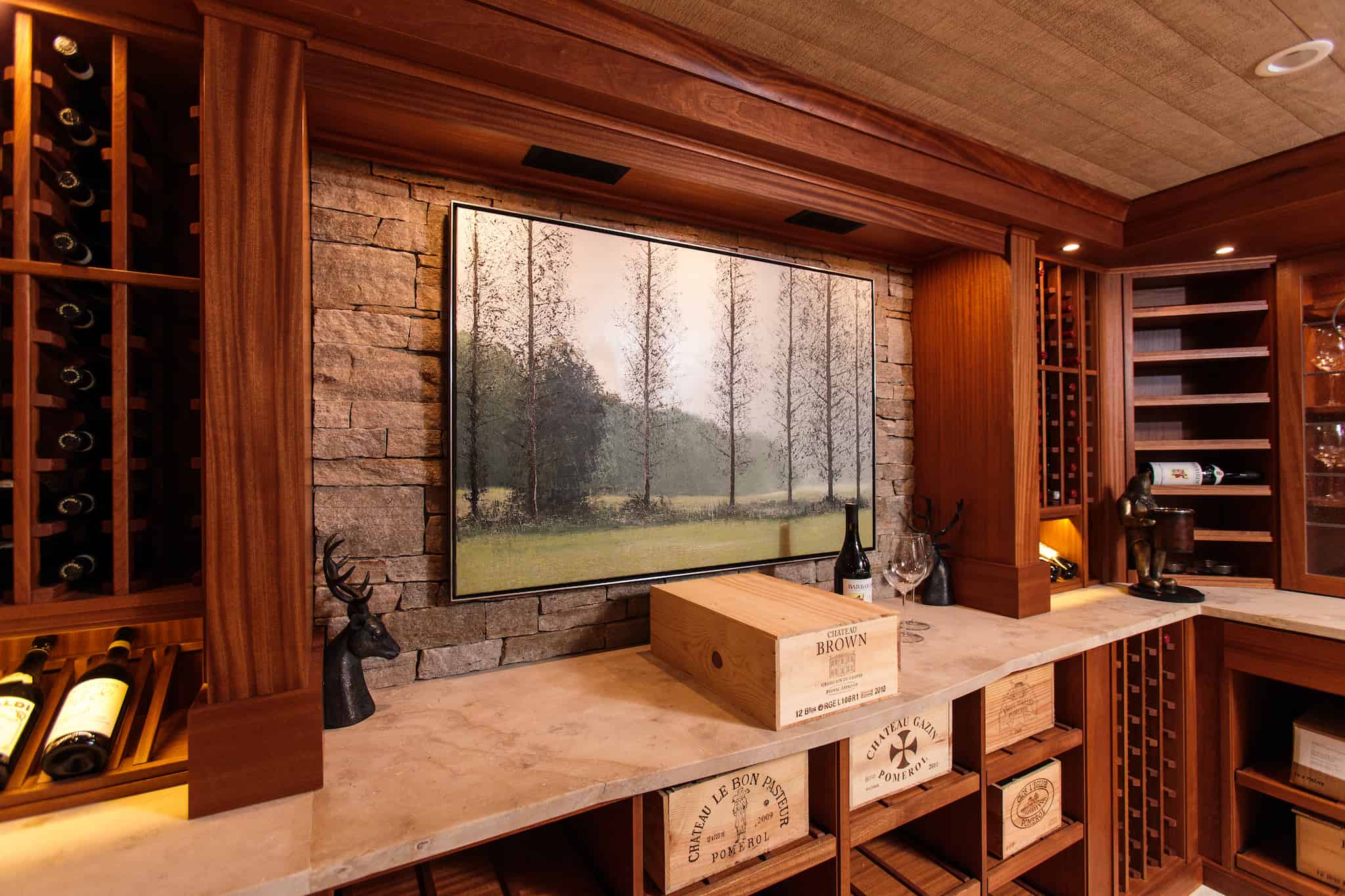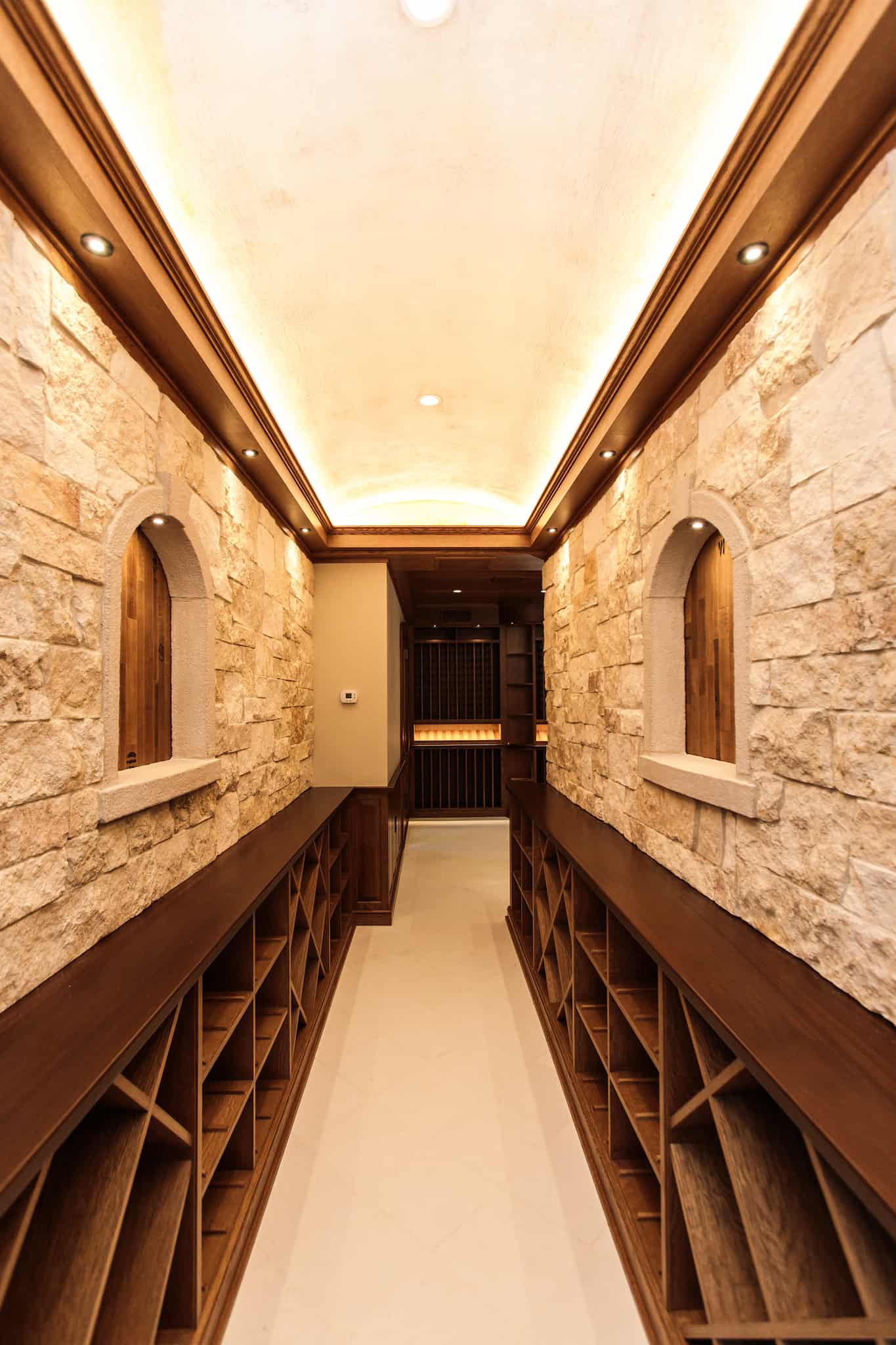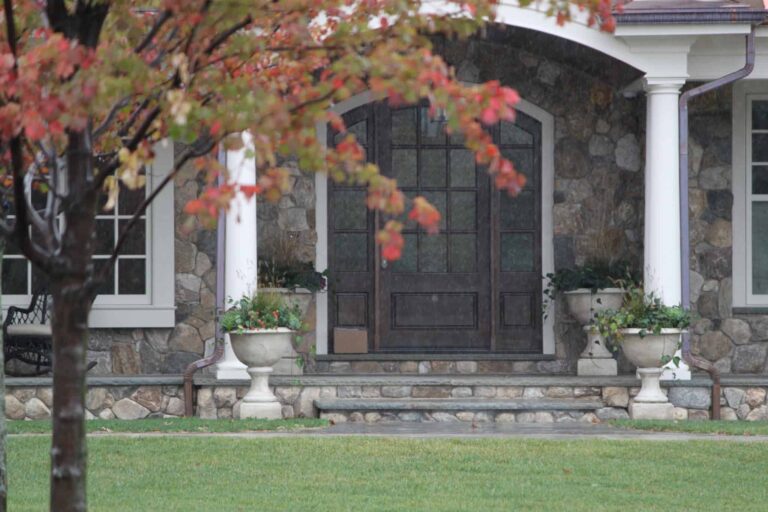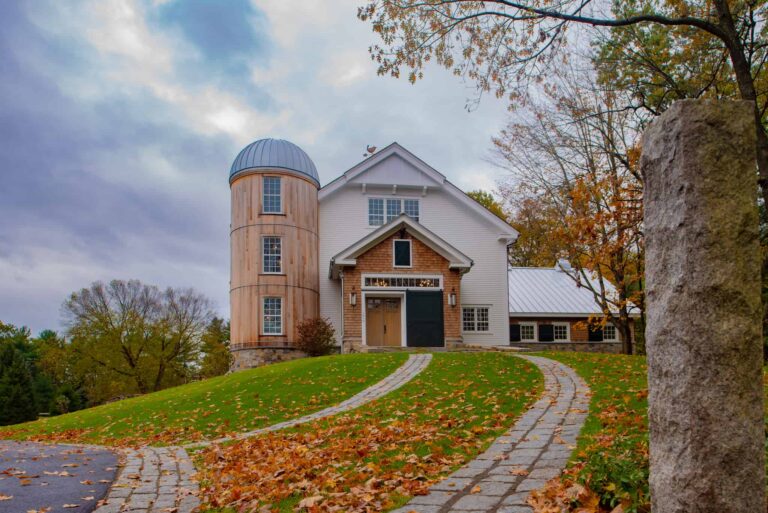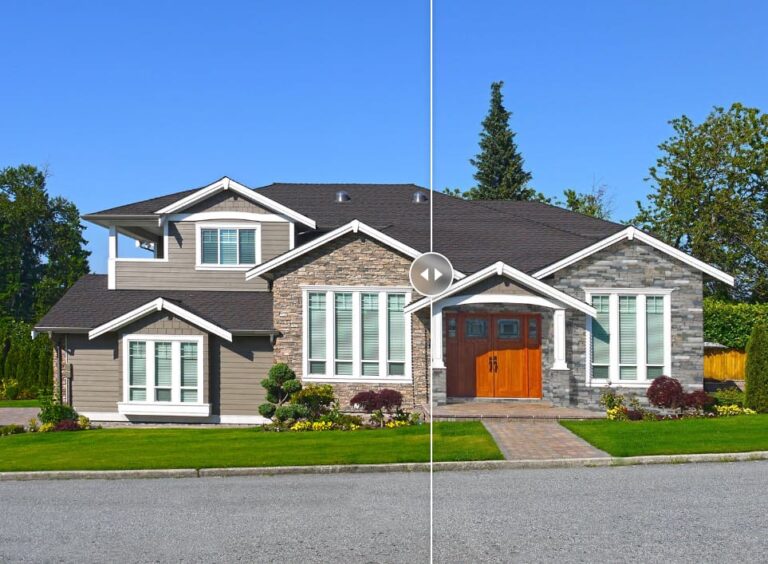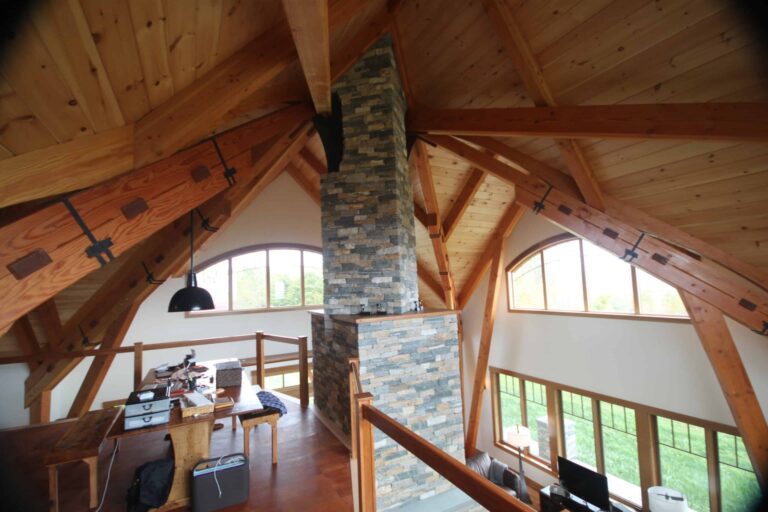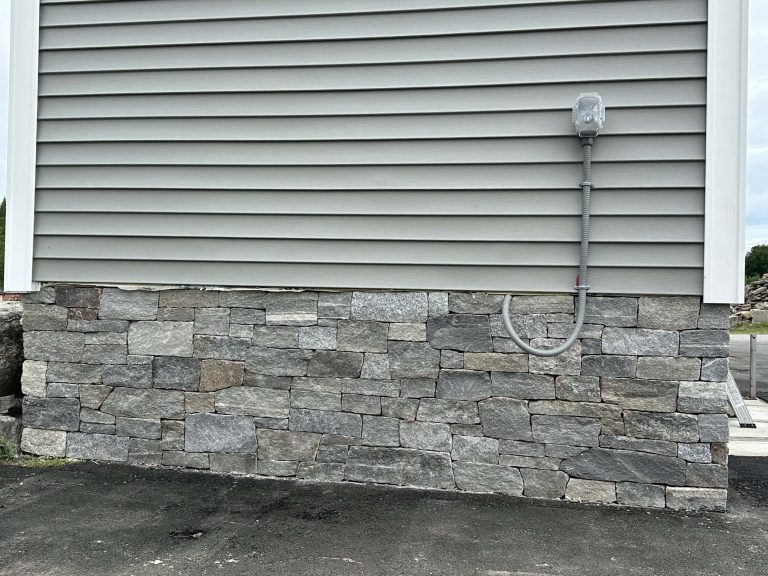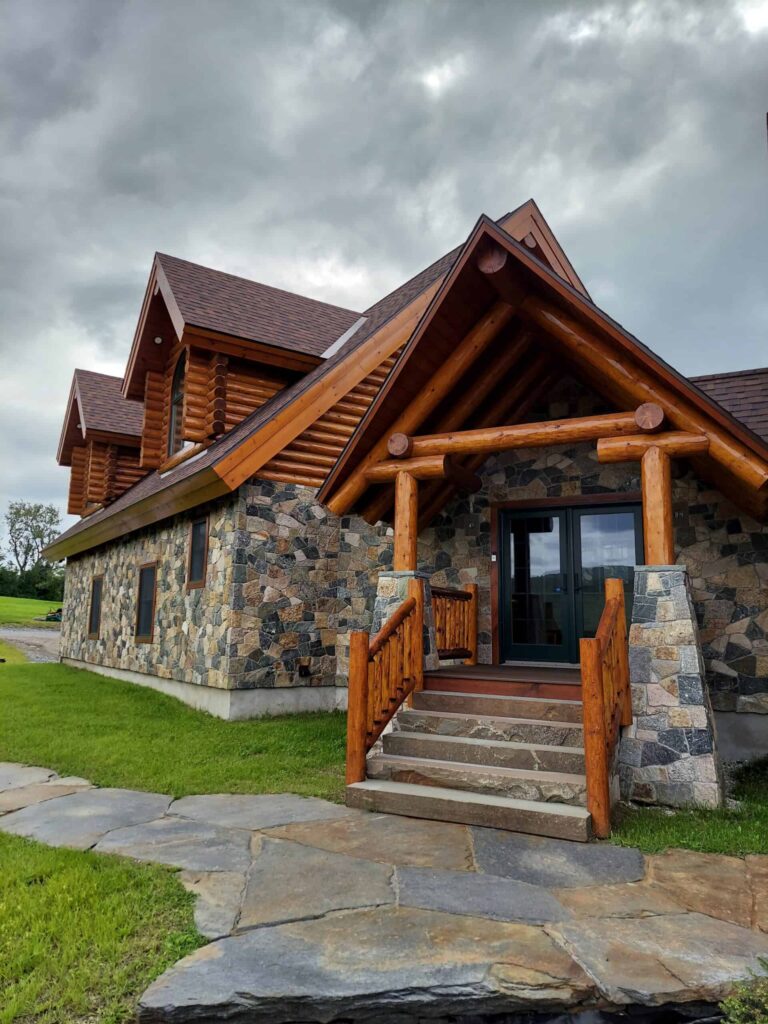The Ageless Charm of Stone: Ideas for Your Wine Cellar
Need a few stone wine cellar ideas that are both functional and elegant? In addition to providing some gorgeous examples of modern wine cellars, this article breaks down everything you need to know about building the best stone wine cellar for your home – including the important aesthetic qualities that have gone into wine cellar designs for decades.
Wine Cellar 101 – What You Need to Know
With a composition that stems from the fermentation of fruit, wine is a natural food product – which means that it’s perishable. Even when corked properly, certain wines can go bad if left in sub-par conditions. The storage conditions are instrumental in how well a bottle of wine ages. In fact, there are three precise environmental elements that are important for preserving wine correctly and making sure that it doesn’t spoil. With these components combined, it’s clear to see why natural stone is the best material for building a wine cellar:
Consistent Temperature
The ideal temperature range for storing wine is between 45 – 64 °F. Though wine should be able to stay preserved within this range, consistency is key. Stone is a natural material that helps rooms maintain their indoor temperature, especially underground, by allowing heating and cooling to take place gradually – critical for wine preservation.
Relative Darkness
Direct sunlight can contribute to the uneven aging of bottled wine. While absolute darkness is unnecessary, stone wine cellars should be kept with moderately dim lighting.
Ideal Humidity
Finally, air humidity can also affect the aging process of wine by compromising the cork. Natural stone walls are ideal for helping the room maintain the gentle humidity needed for wine preservation.
Because of these ideal conditions, it’s no surprise that the art of wine preservation relied on the storage of wine in underground caves in France. In the modern era, homeowners can recreate these pristine conditions by building an underground stone wine cellar at home. This is where natural stone veneer takes center stage.
Stone Veneer is Ideal for Wine Cellar Designs
In addition to providing the ideal support for those consistent conditions – temperature, darkness, and humidity – natural stone veneer has additional benefits that make it the ideal material for modern wine cellar design ideas.
First, stone veneer allows homeowners to save a considerable amount of space. Full blocks of stone can cut down the size of the cellar very quickly when outfitted along the walls. Carefully cut to be only an inch thick, stone veneer maximizes the storage space in the underground cellar – without compromising the natural material that is so advantageous for wine preservation. More space means more storage capacity!
Second, natural stone veneer captures that authenticity that stems from the historical and cultural traditions of winemaking. Popular throughout Europe, underground stone cellars express a link with the traditional storage of wine in caves. Imitation products and man-made materials tend to lose their aesthetic quality and appear tasteless – only natural stone veneer can express the authenticity that’s a vital part of wine cellar aesthetics.
Finally, compared with traditional masonry techniques, stone veneer is fairly easy to install. Because the veneer is already crafted to express particular textures, colors, and styles, it’s basically ready to go upon delivery, with minimal on-site modifications needed. Working with natural stone veneer can speed up project times and get your wine cellar up and running quicker.
3 Stunning Stone Wine Cellar Ideas
There’s no debate – stone veneer is ideal for modern wine cellars. What sort of designs are available? Take a look at three unique examples of modern stone wine cellar ideas and imagine what styles may look good in your own home.
1. Rustic Stone Focal Point
This wine cellar features a framed gallery-style addition to provide a gorgeous focal point for the room. The Boston Blend stone veneer consists of roughly square and roughly rectangular pieces of natural fieldstone that have been cut down to achieve the desired texture and pattern. Notice how the recessed lighting emphasizes the natural texture of the stone, creating beautiful shadow lines that act as a callback to the aesthetic traditions of European wine caverns.
2. Thin Stone Veneer Backdrop
Using gray stacked stone as a backdrop for an oil painting, this wine cellar has a natural aesthetic quality that blends various design elements together. Notice how the gray stone veneer lightens the room to contrast with the dark wood, while also adding visual texture. Because of its thin form, this veneer saves precious space, which allows plenty of room for the countertop.
3. Light and Bright Stone Cellar Hallway
Limiting the height of the wood storage bins, this wine cellar hallway has more room for exposed stone veneer to create exceptional character and charm. Notice how the light oyster color – found naturally with the harvested fieldstone – looks elegant and sophisticated in the dim lighting while retaining the rustic profile of the square and rectangular shaped stones.
Discover the Best Stone Veneer for Your Wine Cellar Project with Stoneyard
Elegant, timeless, and functional – natural stone veneer is the ideal material for crafting a modern wine cellar. Contact Stoneyard® today for more stone wine cellar ideas and a variety of natural stone veneer products to consider for your next project.

